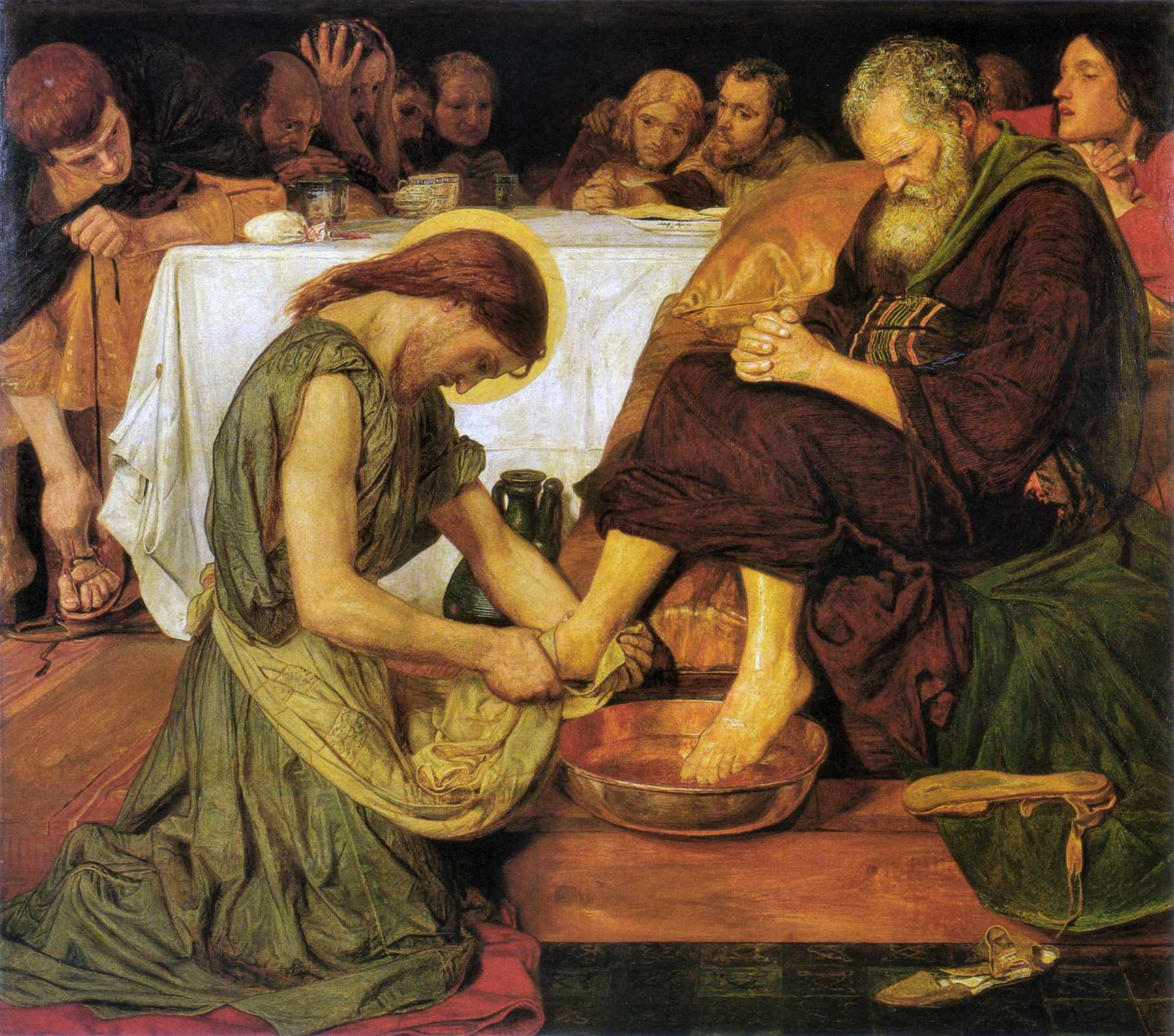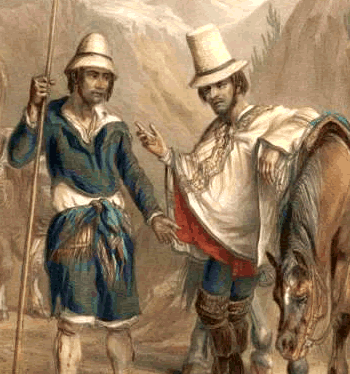|
Church Crown
A church crown is a decorative hat worn by women in the Southern United States as a headcovering during Christian church services. Though church crowns were common among all American women until the mid-20th century, they continue to be worn, especially in the black church. The practice of women wearing a headcovering, found in the Bible, "has been adapted and expanded to become a stylish part of Southern women’s churchgoing attire." Description Church crowns are typically a straw hat or fascinator covered with adornments that may include sequins, feathers, lace, tulle, or ribbons. The hats may vary widely in their structure, color, and complexity. Culture An American adaption of the Christian headcovering required in 1 Corinthians 11, church crowns are worn at Christian religious services, being especially common at holidays such as Palm Sunday, Easter and Mother's Day. Crowns are worn more often by older women within the congregation. It is common for women who do wear cro ... [...More Info...] [...Related Items...] OR: [Wikipedia] [Google] [Baidu] |
Southern United States
The Southern United States (sometimes Dixie, also referred to as the Southern States, the American South, the Southland, or simply the South) is a geographic and cultural region of the United States of America. It is between the Atlantic Ocean and the Western United States, with the Midwestern and Northeastern United States to its north and the Gulf of Mexico and Mexico to its south. Historically, the South was defined as all states south of the 18th century Mason–Dixon line, the Ohio River, and 36°30′ parallel.The South . ''Britannica.com''. Retrieved June 5, 2021. Within the South are different subregions, such as the |
Sabbath In Christianity
Sabbath in Christianity is the inclusion in Christianity of a Sabbath, a day set aside for rest and worship, a practice that was mandated for the Israelites in the Ten Commandments in line with God's blessing of the seventh day (Saturday) making it holy, "because on it God rested from all his work that he had done in creation". The practice was associated with the assembly of the people to worship in synagogues on the day known as Shabbat. Early Christians, at first mainly Jewish, observed the seventh-day Sabbath with prayer and rest, but gathered on the seventh day, Saturday, reckoned in Jewish tradition as beginning, like the other days, at sunset on what would now be considered the Friday evening. At the beginning of the second century Ignatius of Antioch approved non-observance of the Sabbath. The now majority practice of Christians is to observe Sunday, called the Lord's Day, rather than the Jewish seventh-day Sabbath as a day of rest and worship. Possibly because of a movemen ... [...More Info...] [...Related Items...] OR: [Wikipedia] [Google] [Baidu] |
Conservative Mennonites
Conservative Mennonites include numerous Conservative Anabaptist groups that identify with the theologically conservative element among Mennonite Anabaptist Christian fellowships, but who are not Old Order groups or mainline denominations. Conservative Mennonites adhere to Anabaptist doctrine as contained in the Schleitheim Confession and the Dordrecht Confession, with ''Doctrines of the Bible'' compiled by Mennonite bishop Daniel Kauffman being used for catechesis. Seven Ordinances are observed in Conservative Mennonite churches, which include "baptism, communion, footwashing, marriage, anointing with oil, the holy kiss, and the prayer covering." Conservative Mennonites have Sunday school, hold revival meetings, and operate their own Christian schools/ parochial schools. Additionally, Conservative Mennonite fellowships are highly engaged in evangelism and missionary work; a 1993 report showed that Conservative Anabaptist denominations (such as Conservative Mennonites and ... [...More Info...] [...Related Items...] OR: [Wikipedia] [Google] [Baidu] |
Indian Subcontinent
The Indian subcontinent is a list of the physiographic regions of the world, physiographical region in United Nations geoscheme for Asia#Southern Asia, Southern Asia. It is situated on the Indian Plate, projecting southwards into the Indian Ocean from the Himalayas. Geopolitically, it includes the countries of Bangladesh, Bhutan, India, Maldives, Nepal, Pakistan, and Sri Lanka."Indian subcontinent". ''Oxford Dictionary of English, New Oxford Dictionary of English'' () New York: Oxford University Press, 2001; p. 929: "the part of Asia south of the Himalayas which forms a peninsula extending into the Indian Ocean, between the Arabian Sea and the Bay of Bengal. Historically forming the whole territory of Greater India, the region is now divided into three countries named Bangladesh, India and Pakistan." The terms ''Indian subcontinent'' and ''South Asia'' are often used interchangeably to denote the region, although the geopolitical term of South Asia frequently includes Afghanist ... [...More Info...] [...Related Items...] OR: [Wikipedia] [Google] [Baidu] |
Russia
Russia (, , ), or the Russian Federation, is a List of transcontinental countries, transcontinental country spanning Eastern Europe and North Asia, Northern Asia. It is the List of countries and dependencies by area, largest country in the world, with its internationally recognised territory covering , and encompassing one-eighth of Earth's inhabitable landmass. Russia extends across Time in Russia, eleven time zones and shares Borders of Russia, land boundaries with fourteen countries, more than List of countries and territories by land borders, any other country but China. It is the List of countries and dependencies by population, world's ninth-most populous country and List of European countries by population, Europe's most populous country, with a population of 146 million people. The country's capital and List of cities and towns in Russia by population, largest city is Moscow, the List of European cities by population within city limits, largest city entirely within E ... [...More Info...] [...Related Items...] OR: [Wikipedia] [Google] [Baidu] |
Apostolic Age
Christianity in the 1st century covers the formative history of Christianity from the start of the ministry of Jesus (–29 AD) to the death of the last of the Twelve Apostles () and is thus also known as the Apostolic Age. Early Christianity developed out of the eschatological ministry of Jesus. Subsequent to Jesus' death, his earliest followers formed an apocalyptic messianic Jewish sect during the late Second Temple period of the 1st century. Initially believing that Jesus' resurrection was the start of the end time, their beliefs soon changed in the expected Second Coming of Jesus and the start of God's Kingdom at a later point in time. Paul the Apostle, a Pharisee Jew who had persecuted the early Jewish Christians, converted –36 and started to proselytize among the Gentiles. According to Paul, Gentile converts could be allowed exemption from Jewish commandments, arguing that all are justified by their faith in Jesus. This was part of a gradual split of early C ... [...More Info...] [...Related Items...] OR: [Wikipedia] [Google] [Baidu] |
The New York Times
''The New York Times'' (''the Times'', ''NYT'', or the Gray Lady) is a daily newspaper based in New York City with a worldwide readership reported in 2020 to comprise a declining 840,000 paid print subscribers, and a growing 6 million paid digital subscribers. It also is a producer of popular podcasts such as '' The Daily''. Founded in 1851 by Henry Jarvis Raymond and George Jones, it was initially published by Raymond, Jones & Company. The ''Times'' has won 132 Pulitzer Prizes, the most of any newspaper, and has long been regarded as a national " newspaper of record". For print it is ranked 18th in the world by circulation and 3rd in the U.S. The paper is owned by the New York Times Company, which is publicly traded. It has been governed by the Sulzberger family since 1896, through a dual-class share structure after its shares became publicly traded. A. G. Sulzberger, the paper's publisher and the company's chairman, is the fifth generation of the family to head the pa ... [...More Info...] [...Related Items...] OR: [Wikipedia] [Google] [Baidu] |
Samuel G
Samuel ''Šəmūʾēl'', Tiberian: ''Šămūʾēl''; ar, شموئيل or صموئيل '; el, Σαμουήλ ''Samouḗl''; la, Samūēl is a figure who, in the narratives of the Hebrew Bible, plays a key role in the transition from the biblical judges to the United Kingdom of Israel under Saul, and again in the monarchy's transition from Saul to David. He is venerated as a prophet in Judaism, Christianity, and Islam. In addition to his role in the Hebrew scriptures, Samuel is mentioned in Jewish rabbinical literature, in the Christian New Testament, and in the second chapter of the Quran (although Islamic texts do not mention him by name). He is also treated in the fifth through seventh books of ''Antiquities of the Jews'', written by the Jewish scholar Josephus in the first century. He is first called "the Seer" in 1 Samuel 9:9. Biblical account Family Samuel's mother was Hannah and his father was Elkanah. Elkanah lived at Ramathaim in the district of Zuph. His genealog ... [...More Info...] [...Related Items...] OR: [Wikipedia] [Google] [Baidu] |
David Bercot
David W. Bercot (pronounced as David Berçot; born April 13, 1950) is an Anabaptist Christian church historian, attorney, author, and international speaker from the United States. He has written various books and magazine articles about early Christianity and Christian discipleship. His two best-known works are ''Will the Real Heretics Please Stand Up?'', and the ''Dictionary of Early Christian Beliefs.'' Bercot completed his theological education at the University of Cambridge and was subsequently ordained as an Anglican priest before joining fellowship with Conservative Anabaptists, whom he believed to best embody the practices of early Christianity. Academic career David Bercot was raised as a Jehovah's Witness. After leaving Jehovah's Witnesses in 1976, he began his university education. He graduated from Stephen F. Austin State University summa cum laude, and he obtained his Doctor of Jurisprudence degree cum laude from Baylor University School of Law. In 1985, Bercot began ... [...More Info...] [...Related Items...] OR: [Wikipedia] [Google] [Baidu] |
Bourgeoisie
The bourgeoisie ( , ) is a social class, equivalent to the middle or upper middle class. They are distinguished from, and traditionally contrasted with, the proletariat by their affluence, and their great cultural and financial capital. They are sometimes divided into a petty (), middle (), large (), upper (), and ancient () bourgeoisie and collectively designated as "the bourgeoisie". The bourgeoisie in its original sense is intimately linked to the existence of cities, recognized as such by their urban charters (e.g., municipal charters, town privileges, German town law), so there was no bourgeoisie apart from the citizenry of the cities. Rural peasants came under a different legal system. In Marxist philosophy, the bourgeoisie is the social class that came to own the means of production during modern industrialization and whose societal concerns are the value of property and the preservation of capital to ensure the perpetuation of their economic supremacy in society. ... [...More Info...] [...Related Items...] OR: [Wikipedia] [Google] [Baidu] |
Status Symbol
A status symbol is a visible, external symbol of one's social position, an indicator of economic or social status. Many luxury goods are often considered status symbols. ''Status symbol'' is also a sociological term – as part of social and sociological symbolic interactionism – relating to how individuals and groups interact and interpret various cultural symbols. By region and time As people aspire to high status, they often seek also its symbols. As with other symbols, status symbols may change in value or meaning over time, and will differ among countries and cultural regions, based on their economy and technology. For example, before the invention of the printing press, possession of a large collection of laboriously hand-copied books was a symbol of wealth and scholarship. In later centuries, books (and literacy) became more common, so a private library A private library is a library that is privately owned. Private libraries are usually intended for the use ... [...More Info...] [...Related Items...] OR: [Wikipedia] [Google] [Baidu] |
Black Middle Class
The African-American middle class consists of African-Americans who have middle-class status within the American class structure. It is a societal level within the African-American community that primarily began to develop in the early 1960s, when the ongoing Civil Rights Movement led to the outlawing of ''de jure'' racial segregation. The African American middle class exists throughout the United States, particularly in the Northeast and in the South, with the largest contiguous majority black middle class neighborhoods being in the Washington, DC suburbs in Maryland. The African American middle class is also prevalent in the Atlanta, Charlotte, Houston, Dallas, New York, San Antonio and Chicago areas. Definition of middle class As of the 2010 Census, black households had a median income of $32,068, which placed the median black household within the second income quintile. 27.3% of black households earned an income between $25,000 and $50,000, 15.2% earned between $50,000 a ... [...More Info...] [...Related Items...] OR: [Wikipedia] [Google] [Baidu] |
.jpg)


.png)



.jpg)